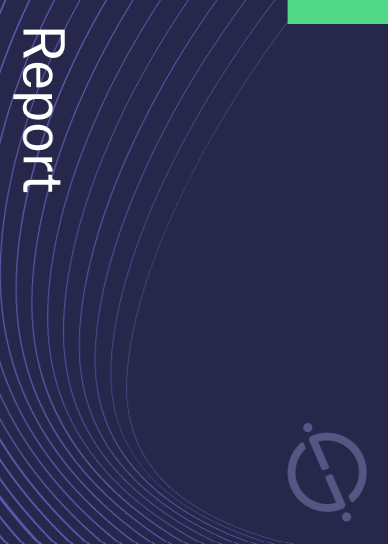Hansa Biopharma has filed a patent for a novel polypeptide that exhibits IgG cysteine protease activity. The polypeptide can be used for the prevention or treatment of diseases mediated by IgG, as well as for the analysis of IgG. The polypeptide is more effective at cleaving human IgG compared to IdeZ and is at least as effective as IdeS. GlobalData’s report on Hansa Biopharma gives a 360-degree view of the company including its patenting strategy. Buy the report here.
According to GlobalData’s company profile on Hansa Biopharma, Peptide pharmacophores was a key innovation area identified from patents. Hansa Biopharma's grant share as of September 2023 was 42%. Grant share is based on the ratio of number of grants to total number of patents.
A polypeptide with igg cysteine protease activity for disease treatment
A recently filed patent (Publication Number: US20230302100A1) describes a polypeptide with IgG cysteine protease activity. The polypeptide is a variant of the sequence of SEQ ID NO:4 or 5 and has certain characteristics. Firstly, it is at least 50% identical to SEQ ID NO:4 or 5. Secondly, it has a cysteine (C) at the position corresponding to position 102 of SEQ ID NO:3. Additionally, it may have lysine (K), histidine (H), aspartic acid (D), and aspartic acid (D) at the positions corresponding to positions 92, 272, 294, and 296 of SEQ ID NO:3, respectively. The polypeptide is claimed to be more effective at cleaving human IgG than IdeZ and/or at least as effective as IdeS.
The patent also describes various modifications and characteristics of the polypeptide. These include having a positively charged amino acid at positions 138 and 139 of SEQ ID NO:3, excluding a specific contiguous sequence, and having specific modifications at positions 64, 65, 70, 71, 72, 73, 67, and 68 of SEQ ID NO:3. The polypeptide can be at least 80%, 90%, 95%, or 99% identical to SEQ ID NO:4 or 5. It is claimed to be less immunogenic than IdeS when measured in the same assay.
The patent also covers the polynucleotide or expression vector containing the nucleic acid sequence encoding the polypeptide, as well as a host cell comprising the polynucleotide or expression vector. Methods for the prevention or treatment of a disease or condition in a subject are described, involving the administration of the polypeptide in a prophylactically or therapeutically effective amount. The method can also be used for the cleavage of IgG in a sample. The patent further discloses methods to improve the benefit of a therapy or therapeutic agent by administering the polypeptide before or after the therapy or agent. The therapy can be an organ transplant, and the therapeutic agent can be an antibody for the treatment of cancer. The patent also covers methods for the treatment of cancer or other diseases, involving the administration of the polypeptide followed by an antibody treatment. The polypeptide can cleave substantially all IgG molecules present in the plasma of the subject.
Overall, the patent describes a polypeptide with IgG cysteine protease activity and its variants, along with their potential applications in the prevention, treatment, and cleavage of IgG in various diseases and conditions.
To know more about GlobalData’s detailed insights on Hansa Biopharma, buy the report here.
Data Insights
From

The gold standard of business intelligence.
Blending expert knowledge with cutting-edge technology, GlobalData’s unrivalled proprietary data will enable you to decode what’s happening in your market. You can make better informed decisions and gain a future-proof advantage over your competitors.



